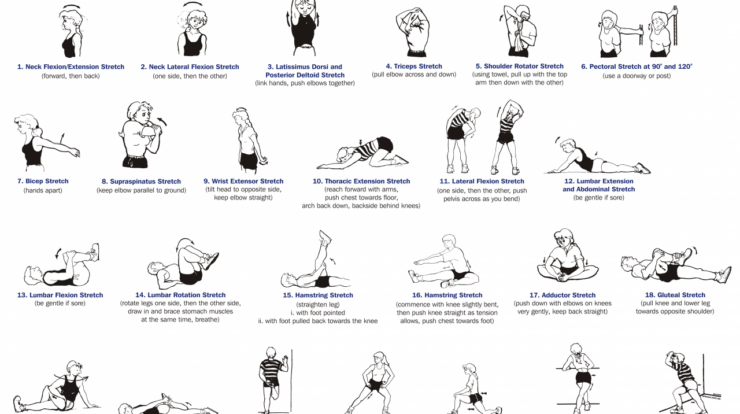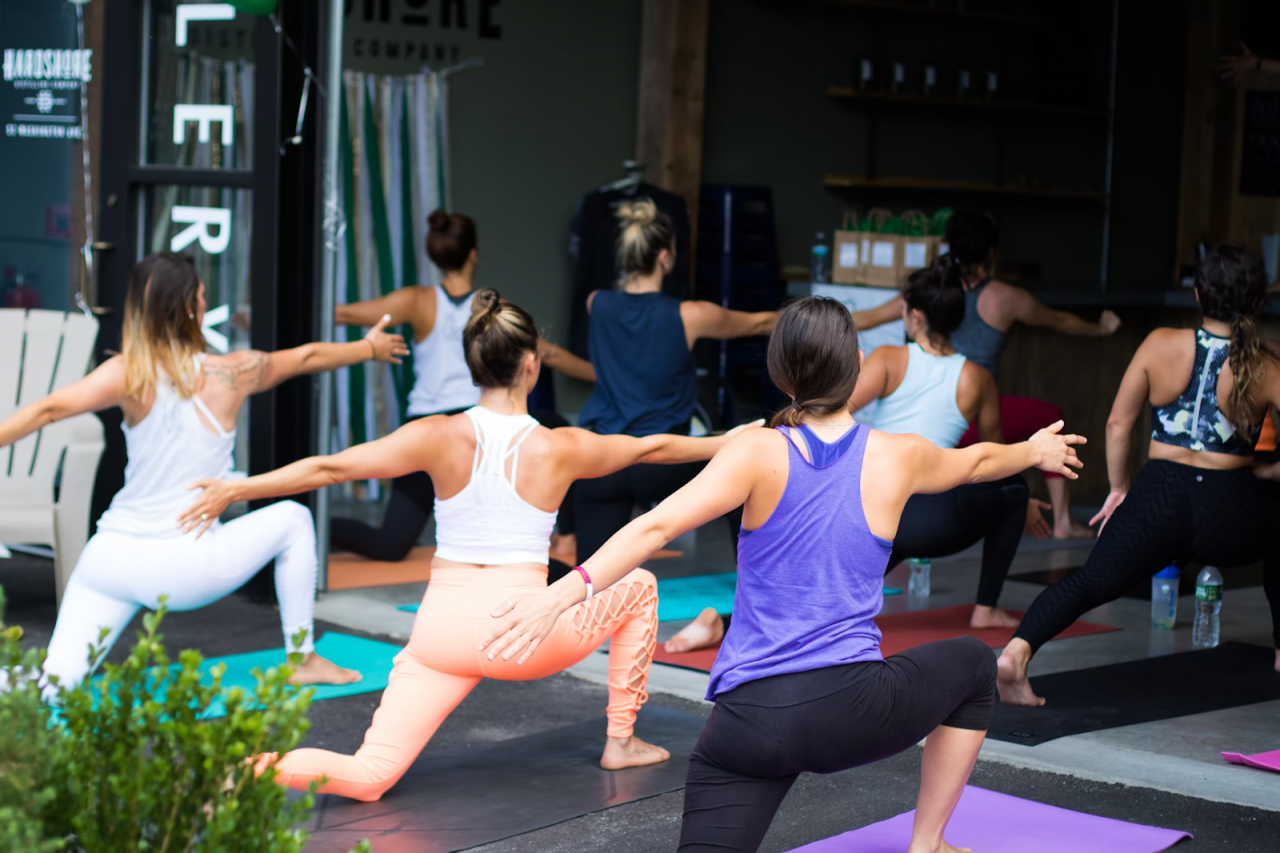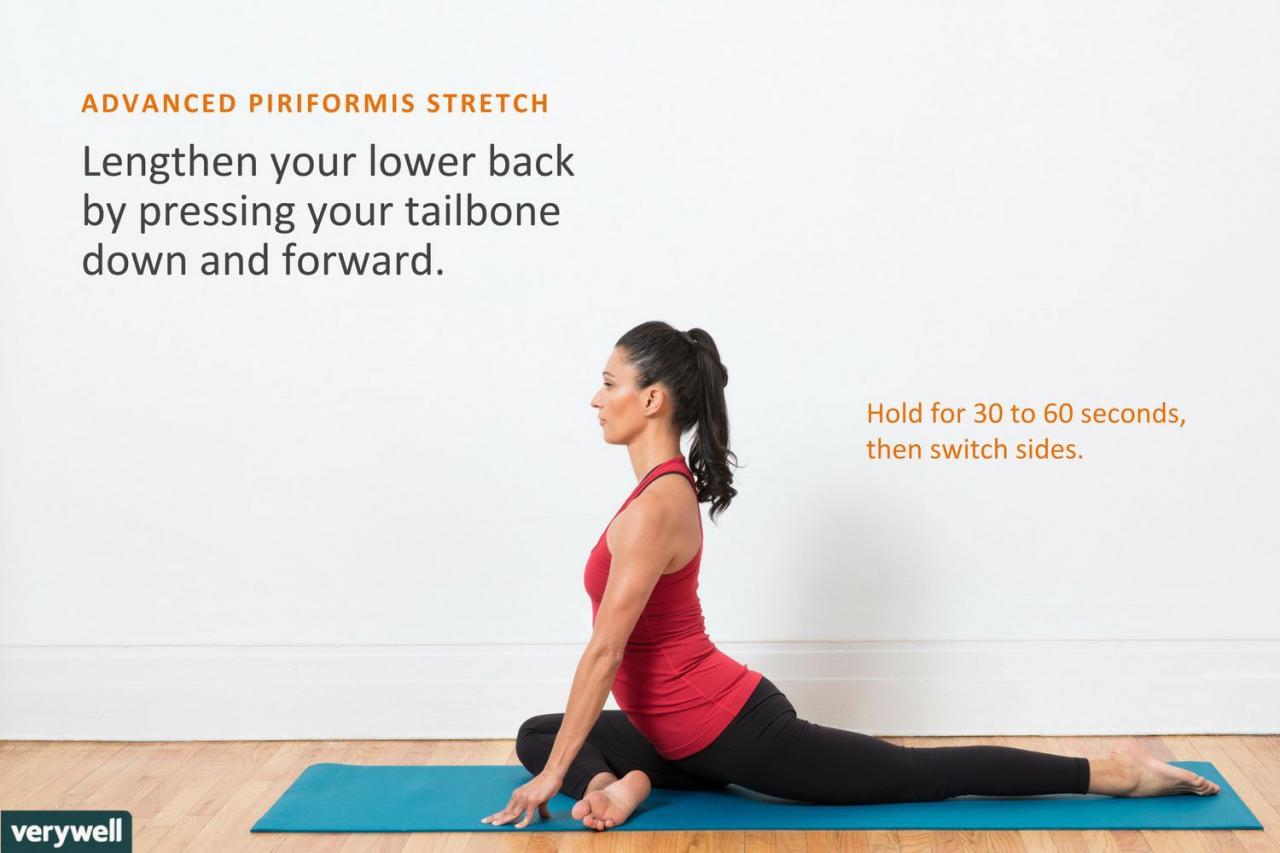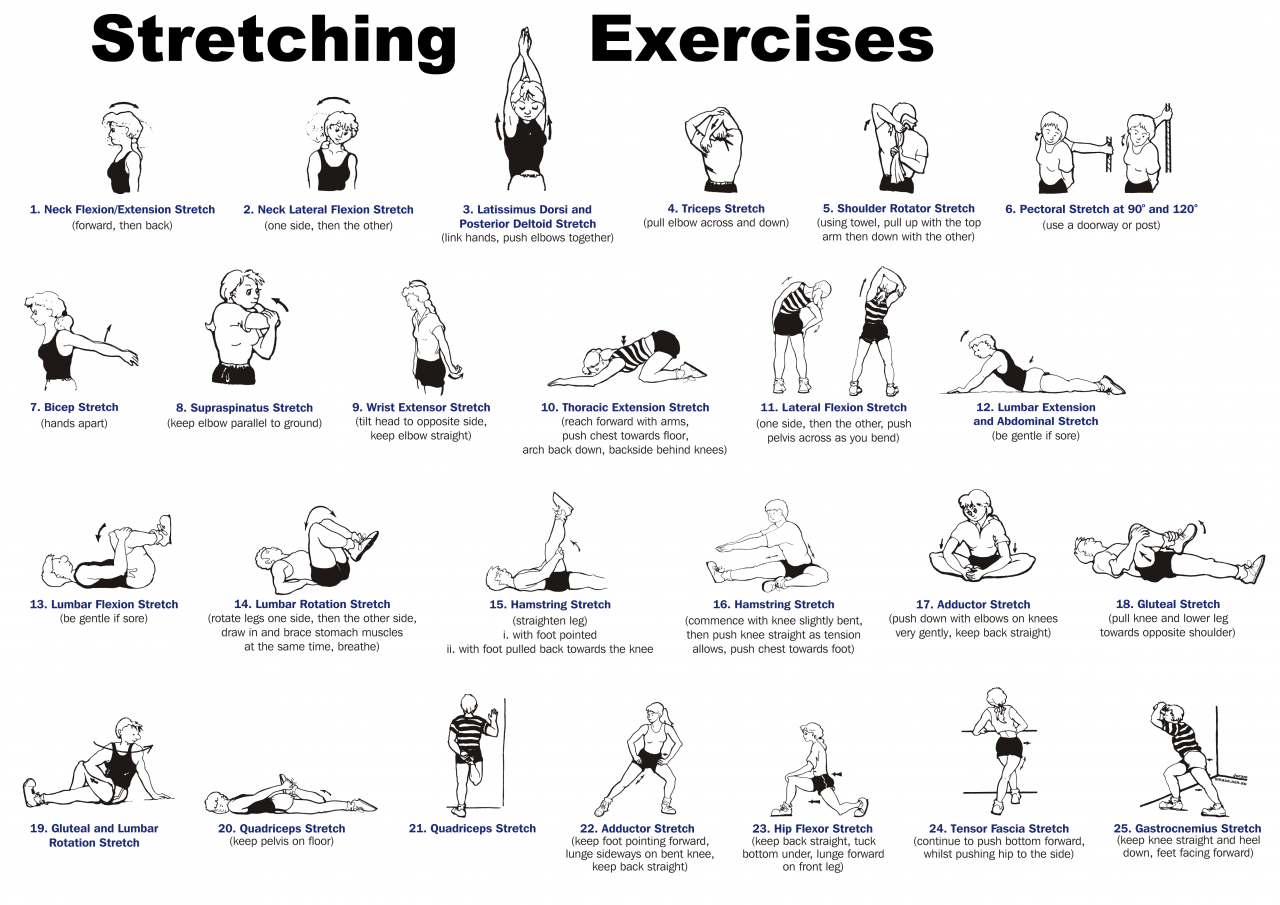
Explain why regular exercise is the best way to prevent flexibility issues. – Regular exercise takes center stage as the ultimate solution to prevent flexibility issues. Delving into the realm of human movement, we explore the intricate relationship between physical activity and maintaining optimal flexibility, unraveling the profound impact it has on our daily lives.
Stiff and tight muscles can lead to back pain, as they can restrict movement and put pressure on the spine. To address this issue, consider incorporating exercises that target the lower back fat, such as those outlined in exercises for lower back fat . By strengthening the back muscles , you can improve posture and reduce the likelihood of back pain.
Remember to prioritize stretching as well, as it helps to increase flexibility and range of motion.
The absence of flexibility can lead to a myriad of physical limitations and discomfort, hindering our ability to perform everyday tasks with ease. From simple movements like reaching for objects to complex athletic endeavors, flexibility plays a crucial role in ensuring our bodies move gracefully and efficiently.
In the spirit of Mother’s Day, let’s extend our heartfelt wishes to all the special women in our lives. To the mothers who nurture and guide us, we say happy mother’s day sis . May this day be filled with joy, love, and appreciation for all that you do.
Importance of Flexibility
Flexibility refers to the range of motion around a joint or the ability of muscles to stretch without tearing. It’s crucial for daily life as it allows for efficient movement, reduces the risk of injuries, and improves posture. Poor flexibility can lead to stiffness, pain, and decreased mobility.
Examples of flexibility issues include muscle tightness, reduced range of motion, and joint pain. These can impact daily activities, such as walking, reaching, or bending, and can even increase the risk of falls.
Role of Exercise in Maintaining Flexibility

Regular exercise plays a vital role in maintaining flexibility. It involves stretching and strengthening exercises that gradually increase the range of motion around joints and improve muscle elasticity.
Types of exercises that enhance flexibility include:
- Dynamic stretching: involves gentle, controlled movements that gradually increase the range of motion.
- Static stretching: involves holding a stretch for a specific period, typically 15-30 seconds.
- Proprioceptive neuromuscular facilitation (PNF): a technique that combines stretching with muscle contraction.
To incorporate flexibility exercises into a fitness routine, it’s recommended to:
- Start gradually and increase the intensity and duration over time.
- Hold each stretch for the recommended duration.
- Breathe deeply and relax into the stretch.
- Listen to your body and avoid overstretching.
Specific Benefits of Regular Exercise for Flexibility

Regular exercise induces physiological changes in the body that improve flexibility:
- Increased muscle temperature: Exercise warms up muscles, making them more pliable and less prone to injury.
- Improved blood flow: Exercise increases blood flow to muscles, delivering oxygen and nutrients that promote muscle recovery and flexibility.
- Reduced muscle tension: Exercise helps release muscle tension, reducing stiffness and improving range of motion.
Specific exercises target different muscle groups and improve their flexibility:
- Hamstring stretch: improves flexibility in the back of the thighs.
- Quadriceps stretch: improves flexibility in the front of the thighs.
- Calf stretch: improves flexibility in the calf muscles.
- Chest stretch: improves flexibility in the chest muscles.
Considerations for Effective Flexibility Exercises: Explain Why Regular Exercise Is The Best Way To Prevent Flexibility Issues.

Proper form and technique are crucial for effective flexibility exercises:
- Stretch slowly and smoothly, avoiding bouncing or jerking.
- Breathe deeply and relax into the stretch.
- Hold each stretch for the recommended duration.
- Listen to your body and avoid overstretching.
To avoid injuries during flexibility exercises:
- Warm up before stretching.
- Stretch within your limits.
- Hold stretches for the recommended duration.
- Cool down after stretching.
The optimal frequency and duration of flexibility exercises depend on individual factors:
- Age
- Fitness level
- Flexibility goals
Ultimate Conclusion

Incorporating regular exercise into our fitness routines is not merely an option but a necessity for preserving flexibility. By engaging in targeted exercises that promote joint mobility and muscle elasticity, we empower our bodies to move with greater freedom and range of motion.
Regular exercise stands as the cornerstone of a flexible and healthy lifestyle, paving the way for a life filled with活力 and mobility.
Question & Answer Hub
What are the benefits of regular exercise for flexibility?
Regular exercise helps improve joint mobility, increase muscle elasticity, and reduce muscle stiffness, resulting in enhanced flexibility.
How often should I exercise to improve flexibility?
Aim for at least two to three flexibility sessions per week to see noticeable improvements in your range of motion.
Is it too late to improve my flexibility?
No, it’s never too late to improve flexibility. With consistent effort and proper technique, you can enhance your flexibility at any age.





